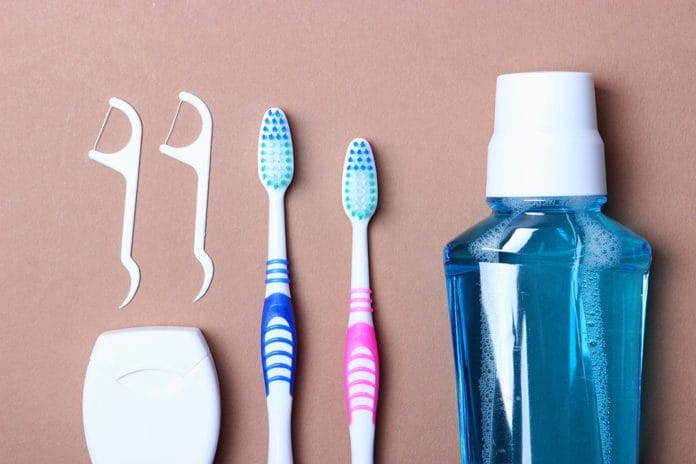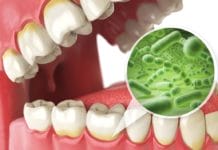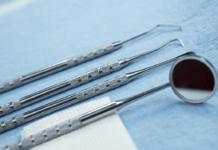How many times have your impeccable scaling skills and topnotch, by-the-book oral hygiene recommendations and demonstrations resulted in an exhausting six-month recare appointment? The fact that plaque and calculus reinfest some mouths in six to eleven weeks (and sometimes less) sets us up for failure if we over-focus on scaling and under-focus on the cause of the biofilm reinfestation.
Scaling skills are important; however, more important is keeping the biofilm at bay for a longer period of time, addressing why the biofilm is repopulating so quickly. Find out the why and create a better way. In dental hygiene school, we were taught that brushing twice a day and flossing was the gold standard of good oral health.
There are several problems with that kind of institutional thinking. Home care should be personalized according to everyone’s needs, abilities, and motivation.
Let’s look at the why part of biofilm repopulation. Bacteria is a living organism that needs to be fed to reproduce and repopulate the oral cavity. In my opinion, nutritional counseling should come first and foremost, emphasized more than personalized oral hygiene instruction. It is so easy to get on that soapbox and lecture about proper brushing and interdental cleaning. The problem is that some people will never meet our standards or possess the needed abilities.
Nutritional Counseling
Finding out what is in the patient’s diet that feeds the bacteria is critical. This information gives insight into why plaque and calculus levels are always in abundance. Nutritional counseling is integral. Flavored coffees, sodas, mints, chocolates, hard candies, and, of course, energy drinks rank at the top of the what feeds bacteria list. Bacteria thrive and multiply exponentially in such good living conditions. Add diabetes, a compromised immune system, med-induced xerostomia, and CPAP usage to that list, and the bacteria simply run rampant!
Give the patient other dietary options such as crunchy and whole foods versus processed foods, water versus artificially sweetened drinks, and xylitol in place of sugars to aid in the reduction of oral biofilms, thus automatically improving plaque and calculus levels naturally.
Dry Brushing
Did you know that the sticky bacteria (spirochetes) that we most often see in the dry mouth of the elderly patient are almost impossible to brush away? Spirochetes literally drill their bodies into the dentin. Nutritional counseling and dry brushing are key components to managing that cervical, sticky plaque.
Interdental Aids
When brushing and interdental cleaning is inadequate, it is important to help each individual find out what will be a better oral homecare fit for them. Many people simply cannot use string floss properly, making it a substandard oral healthcare option. Consider the use of interdental cleaners, such as an interdental brush that is properly fitted to the patient’s embrasure space.
Get to know your patients. Some will welcome new ideas, while some will never change their home-care routines. Being mindful of how everyone’s situation, desire, and motivation differ will help direct your recommendations in a better way. Patients appreciate it when permission is asked prior to recommending new oral hygiene products or techniques. I will often ask permission to floss their teeth at the end of their prophylaxis. If they say “No,” then that’s one less thing.
Give the patient adequate control of their appointment. We are in their personal space, doing some very personal and intricate procedures in the oral cavity. By giving them more control, better results ensue. I have found that happy patients are patients who return. Returning patients try to make you happy, as well.
So if they have tried the best that they are able to and still present with a plaque and calculus-filled mouth, avoid critical comments and start with positive reinforcements. Use the intraoral camera when needed to show “tricky” areas they missed and ask permission to show a different way to access those areas. Again, if they say “No,” continue without further instruction, but always make a note in the patient’s chart.
Once upon a time in an institution far away, brushing and traditional string floss was the standard of care. Now we know there is always a better way to personalize products and devices into our patient’s dental regimen, but please ask permission first.












